by TeAnna, Exhibits Intern
At least half of the enormous collection of clothing the WHC (Willamette Heritage Center) collections remains undated. If I chose not to use these items based solely off the fact that the information I need from these articles isn’t already known, then I’m eliminating half of what is available to me to exhibit. This also means I’m eliminating the stories, and historical significance these pieces have.
So rather than doing that, I decided I wanted to put in the extra effort to try and find the approximate ages and/or time frame. I didn’t want to risk overlooking an article of clothing that could have been key to a certain decade or told an interesting story I felt needed to be heard. Who am I to underrepresented certain people or decades just because there was a lack of information?
As you can imagine, trying to match archival pictures and notes to notes and pictures written by fashion scholars can be a bit tricky and confusing. There are times when the clothing trend in one decade is very similar to the previous decade. Take for
instance the pencil skirt. Look at the images on both the left and the right. Can you tell which one is from the 1940s and which one is from the 1950s? Aside from the length (possibly due to the fact that one is designer and the other is a sewing pattern to do at home), there really isn’t much of a difference, is there? This is when you take a deeper look into the details and the fabric being used. If the clothing is made out of viscose or rayon, there is a high chance the skirt is from the 1940s, as more luxury fabrics such as nylon and wool were regulated for WWII. To answer my previous question about which is which, the designer skirt on the left is from the 1940s, in which the designer shown happened to be the first to create such a skirt. The skirt on the right is one of many pencil skirt sewing patterns from the 1950s.
Believe it or not, it can get much trickier, especially if you are not a scholarly clothing
expert like myself. To help organize my thoughts on an undated article of clothing, I created a “handy dandy” inventory worksheet. On it, I created a table with rows divided into different decades. Within that row, two other columns: one for answering whether or not this clothing article is from the decade in question, and one for explaining why or why not. By creating this last column, I now have an explanation for my reasoning that I can return to if I either second- guessed myself or found a similar article of clothing and wanted to compare notes. On the left is a picture of this page. Note that I left room for the description of the clothing item, which I take directly from the description found in the archival record. The record’s description of the clothing article is very important, as it is (usually) detailed notes from the person who created the archival record and saw the item first-hand. By including the record’s description in such a close proximity to the table I created, I can easily reference the original notes and details in front of me when I am researching this item.
This sheet has a backside as well; used primarily for exhibit planning and my own personal notes. The “Notes on article of clothing” is designed to include my own, personal notes and observations on the item. Here I could make note of the material or condition of the item, or include any extra information found in the “Notes” section in the archival record. For future referencing, I save pictures of any unknown clothing article to my Google Drive. When I fill out this form, I use the “Is there a picture on Google Drive?” section to double- check that there is, in fact, an image saved that I could refer back to.
The sections titled “Could be related to:” and “Display with:” almost go hand in hand. The first section is where I can list other articles of clothing or objects that are possibly related to the clothing article in question. In the second section, I can list the potentially related items as well as other articles and objects from the same time period as the clothing article in question. This helps me connect clothing pieces from the same time period. The last section, titled “Part of Collection:” is rather an overlooked yet important aspect. Sometimes within the archival record of each clothing item it lists the smaller collection this article is a part of. These collections could have been formed based on where the objects come from, a noticeable theme, who was the donor, or who they belonged to in their prime. By comparing an undated clothing piece to other pieces in their collection, it can be easier to narrow down a time frame or purpose of the item. An example of this would be items that came from a once- existing store. Knowing the time period in which this store was open would greatly narrow down the time frame in which this item existed, as it would be very unlikely the object was created before the establishment of the store and basically impossible for the object to be created after the store went out of business.
If you have any questions or comments about my Clothing Cataloging sheet, please comment below. Whether it is clothing related, or just object related, I encourage you to use a similar system that works for you!



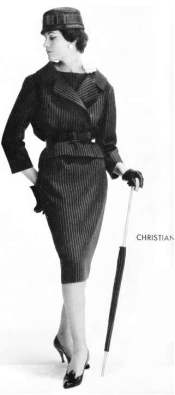
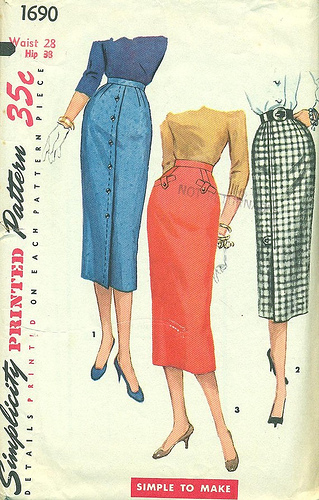
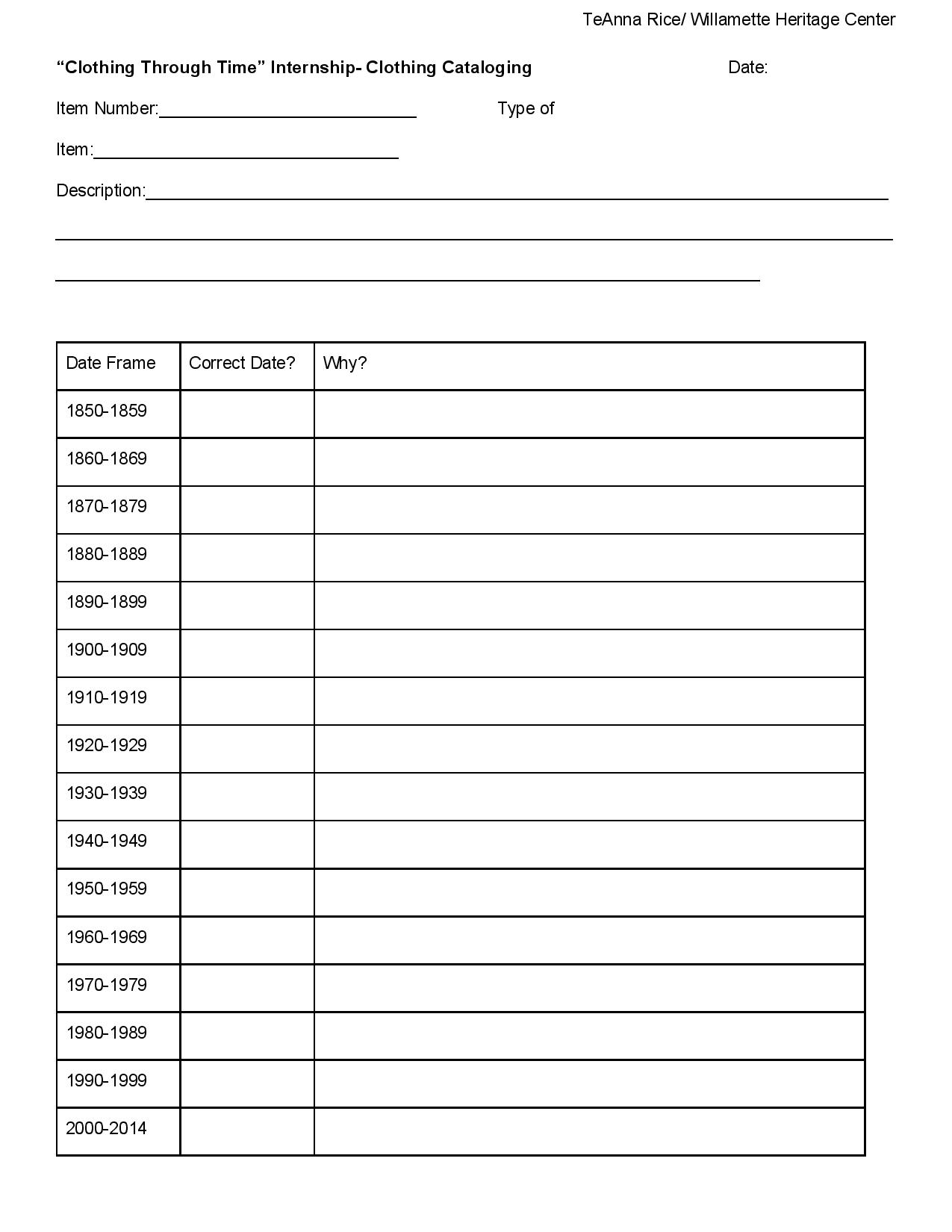
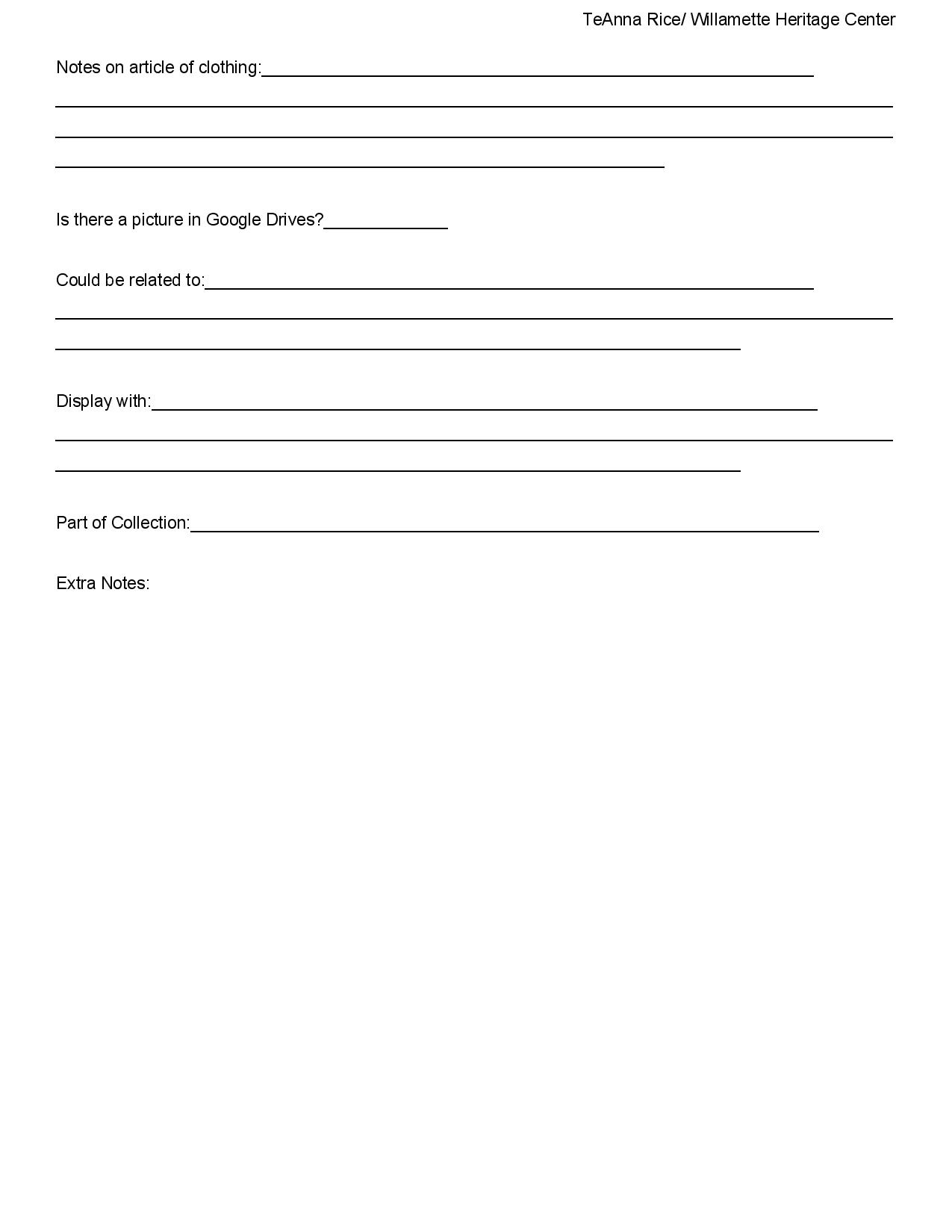
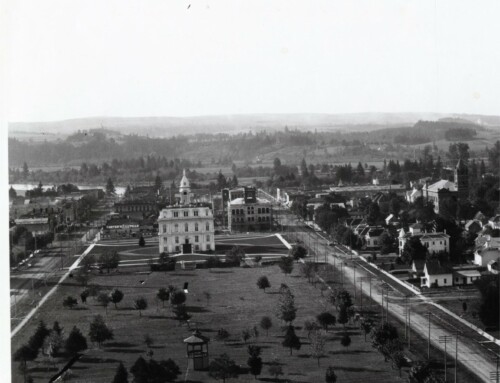
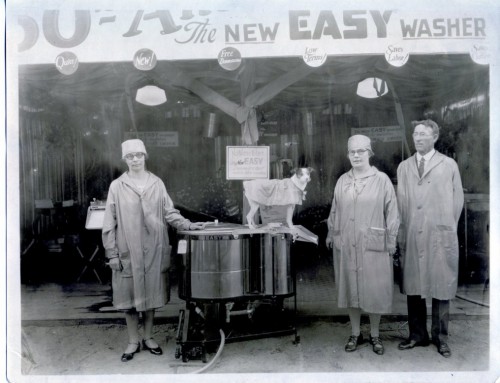
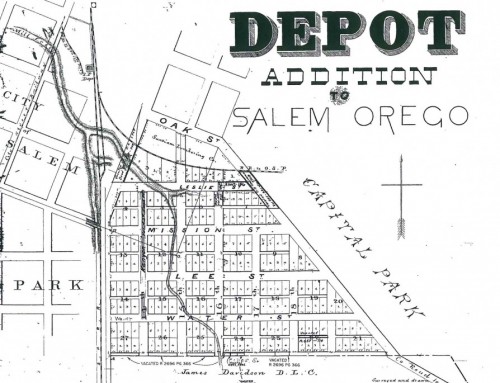
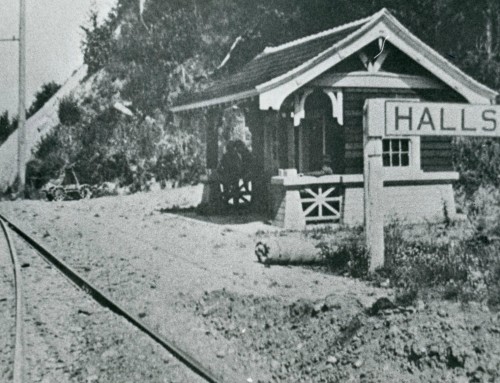
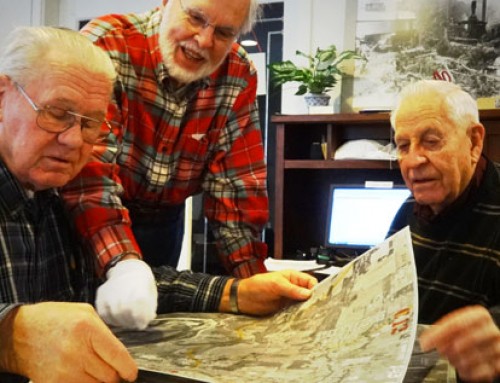
You are definitely approaching the task like an archaeologist! Will all this information eventually become part of a searchable database?
This looks like a very sound methodology. Would be interesting to see examples where this method helped you to figure out the historical context of a piece of clothing in the exhibit. Maybe something for the next blog entry, as a way to feature pieces from the collection.